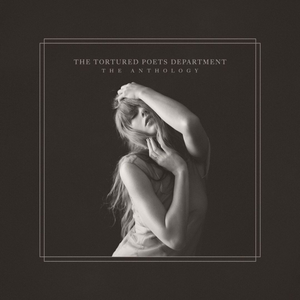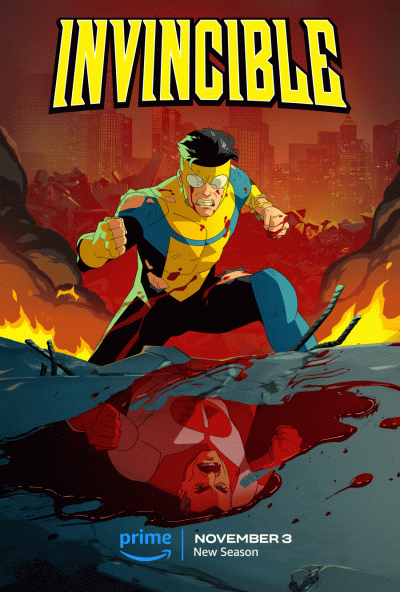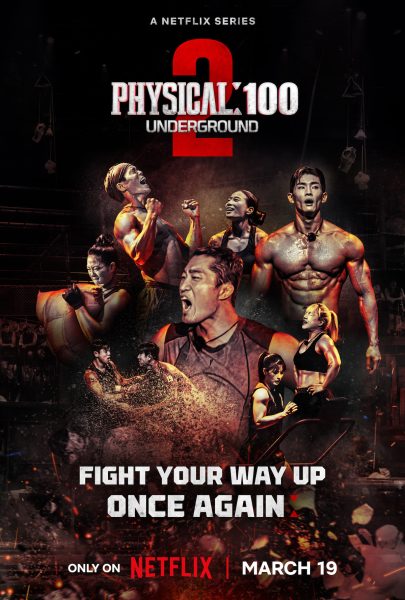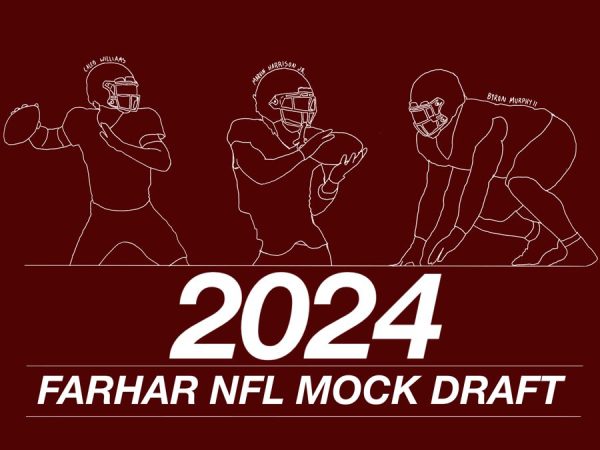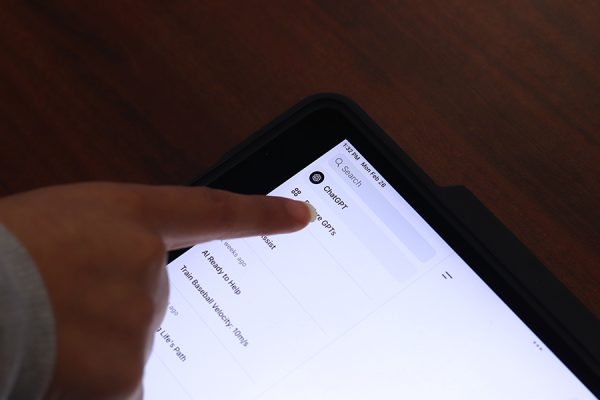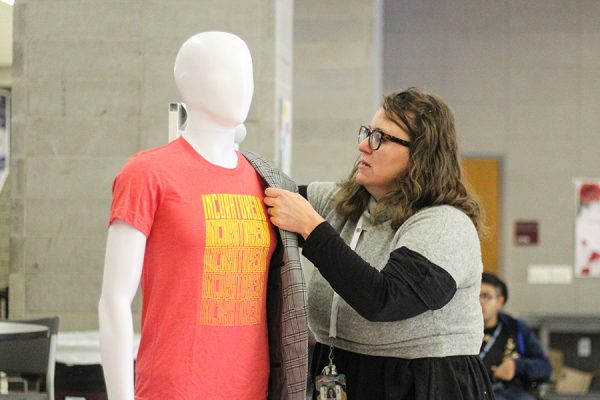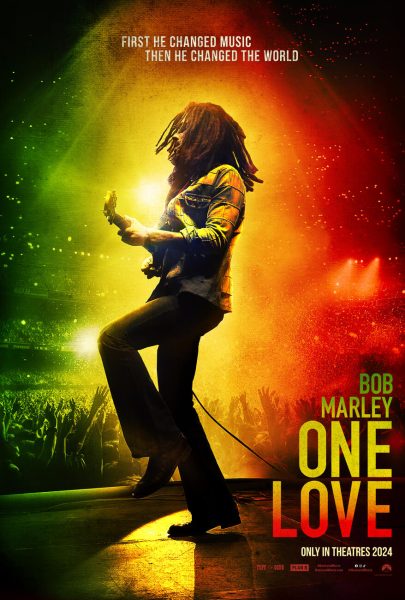Review: Not-so official guide on Project Sekai
Sega hit mobile game for all ages increases in popularity
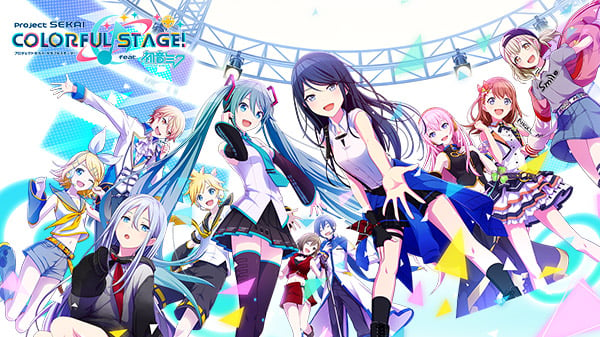
Courtesy of Crypton Future Media.
Project Sekai isn’t like any rhythm game seen before. The controls are different from what most people are used to, especially if players migrated from “Love Live!” or “Ensemble Stars.”
One of the most loved aspects of the game is the simplicity of it, drawing people in with the infamous gameplay or the adorable characters and silly voice lines. This creates an obsessive aspect to Project Sekai, leaving players wanting more and more.
The game is balanced in two separate worlds, the real world and “Sekai.” Sekai’s are formed from a group leader’s wish to do something meaningful in the outside world. These groups, including Leo Need, More More Jump! Vivid Bad Squad, Wonderlands x Showtime and Nightcord at 25:00 all have their own individual Sekai’s that members from their respective groups can go to practice together and speak with Virtual Singers.
Players are introduced to the game on an easy charting of the song “Tell your world.” Despite most new players being introduced to Project Sekai over TikTok with songs such as “Tondemo Wonderz” on expert or “Tokugawa Cup Noodle Kinshirei” on expert as well. Although, it isn’t easy to begin on expert mode to appear cool on TikTok.
You’ll have to build up your team first.
Players are introduced to many characters from their respective units, ranging from Virtual Singers down to characters designed for the game. Each character has their own unique and individual personality and backstory to round them out. In order to entice new players, character gacha exist in order to gain new cards to place on your team. Personally, the system to receive and collect character cards is one of the best.
These player cards can be of any character on the app. Each card contains a different skill, attribute and star rating.
Each of these categories have different meanings than each other, and it’s up to the player to craft their own “perfect team” based on their beliefs of what will assist them in gaining all perfects (AP), full combos (FC) and the most amount of crystals at the end of the day.
Attributes assist each card during specific events, giving bonuses to the player who uses those cards with the chosen attribute. These points go toward a players event bonus, which can result in many different gifts to upgrade cards or area items. These attributes help keep the player involved during many of the in-game events, encouraging them to utilize their myriad of collected cards with event specific attributes to receive more and more rewards.
Skills help the most during the actual rhythm gameplay. Scorers will provide a score boost for five seconds, while the boost depends on the rarity of the card and its score level. Perfect lockers will activate for five seconds, turning all non-perfect taps into perfect taps. Depending on the card’s actual skill level, the duration can only increase in time. This keeps players motivated to continue with a song’s chart, even if it’s a difficult ranked song.
Healers provide a score boost and regenerate in-game life instantaneously. The amount of life restored is dependent on the skill level of the card, like all other card-specific abilities. Perfect scorers are limited to four-star cards, these provide a boost to all perfect notes for five seconds. Life scorers provide a skill boost based on the player’s current life for five seconds. The more life you have, the better the boost.
Combo scorers require players to keep their combo for the duration of the activated skill, while having “perfects” or “greats” as the registered notes. Only four-stars from the limited colorful festival banners have this skill. Birthday scorers provide a score boost for five seconds for perfect notes only, recovering life as well. Only character birthday cards can have this skill. Lastly, unit scorers are a collection of skills that have similar effects, but require certain units in order to function properly.
Star ratings are in relation to the rarity of a card. One-star cards are the easiest to achieve, white two-stars have an 88% chance of being pulled, three stars have an 8.5% chance of being pulled and four stars have a 3% chance of being pulled. These percentages are based on the Pop up: Picture Book Actors gacha rates from April 2022.
The actual gameplay is perfect. Each song provides different themes and underlying meanings, along with adorable 3-D and 2-D music videos. Many of the playable songs were commissioned for specific groups, while some are covered by the groups or left with just the specific vocaloid. The music part of the game is superior to many other games that are music-oriented. While the songs have exciting and upbeat backtracks, the lyrics allude to the more dark, underlying themes.
The only common issue with Project Sekai is note registration while attempting to tap the notes. This is especially true for many global server players, and less heard of from the Japanese, Korean and Taiwanese servers.
One of the most amazing aspects of the game are the included extras of the game. There is now official merch from SEGA or Animate. These are some of the basic merchandise, along with plushies and figures of all sizes. Everything is perfect for personal collections built around the beloved game.
Project Sekai is one of the most popular and exciting newer rhythm games in the app store, and it’s recommended to try it out. It’s almost guaranteed anyone would fall in love with one or more aspects of the game.



